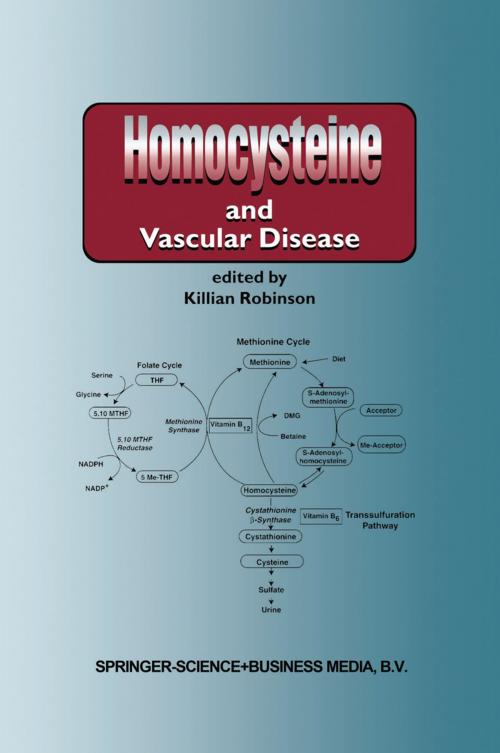Homocysteine and Vascular Disease
Nonfiction, Health & Well Being, Medical, Specialties, Internal Medicine, Cardiology| Author: | ISBN: | 9789401717892 | |
| Publisher: | Springer Netherlands | Publication: | April 17, 2013 |
| Imprint: | Springer | Language: | English |
| Author: | |
| ISBN: | 9789401717892 |
| Publisher: | Springer Netherlands |
| Publication: | April 17, 2013 |
| Imprint: | Springer |
| Language: | English |
This is an important and timely volume. The history of research in homocysteine metabolism can be divided into three periods. The first phase was the exploration of the individual reactions and metabolites that characterize the transmethylation and transsulfuration sequences. The former originated with his description of the biosynthesis of methylpyridine and culminated in the work of Cantoni and Axelrod. Similarly the finding that insulin contained cystine was a potent catalyst for the metabolic and nutritional studies of Rose and du Vigneaud. The description and the definition of homocystinuria, a rare inherited meta bolic disorder, marked the beginning of the second historical period. Where previously there had been few laboratories located largely in the United States soon there were numerous research groups representing many nationalities. The more intense focus led to major advances, both in the laboratory and in the clinics. Studies of afflicted individuals, when combined with investigations in experimental animals, provided the basis for a concept of methionine metabo lism that encompassed both transmethylation and transsulfuration. The central role of homocysteine was apparent.
This is an important and timely volume. The history of research in homocysteine metabolism can be divided into three periods. The first phase was the exploration of the individual reactions and metabolites that characterize the transmethylation and transsulfuration sequences. The former originated with his description of the biosynthesis of methylpyridine and culminated in the work of Cantoni and Axelrod. Similarly the finding that insulin contained cystine was a potent catalyst for the metabolic and nutritional studies of Rose and du Vigneaud. The description and the definition of homocystinuria, a rare inherited meta bolic disorder, marked the beginning of the second historical period. Where previously there had been few laboratories located largely in the United States soon there were numerous research groups representing many nationalities. The more intense focus led to major advances, both in the laboratory and in the clinics. Studies of afflicted individuals, when combined with investigations in experimental animals, provided the basis for a concept of methionine metabo lism that encompassed both transmethylation and transsulfuration. The central role of homocysteine was apparent.















